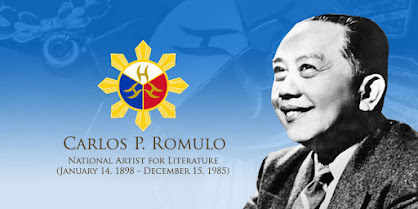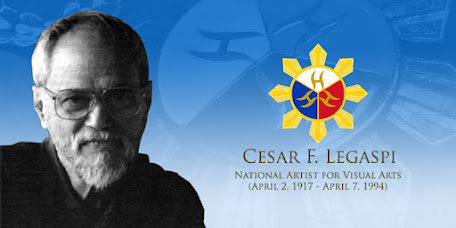CARLOS P. ROMULO
CARLOS P. ROMULO
National Artist for Literature (1982)
(January 14, 1899 – December 15, 1985)
Background
Carlos P. Romulo‘s multifaceted career spanned 50 years of public service as an educator, soldier, university president, journalist, and diplomat. It is common knowledge that he was the first Asian president of the United Nations General Assembly, then Philippine Ambassador to Washington, D.C., and later minister of foreign affairs. Essentially though, Romulo was very much into writing: he was a reporter at 16, a newspaper editor by the age of 20, and a publisher at 32.
Major Works
His other books include his memoirs of his many years’ affiliations with United Nations (UN), Forty Years: A Third World Soldier at the UN, and The Philippine Presidents, his oral history of his experiences serving all the Philippine presidents.
Choose 1 major work (maybe the best one in your own): I Saw the Fall of the Philippines (1942)
Example of an artwork or major work (picture or any). Describe it.





Comments
Post a Comment